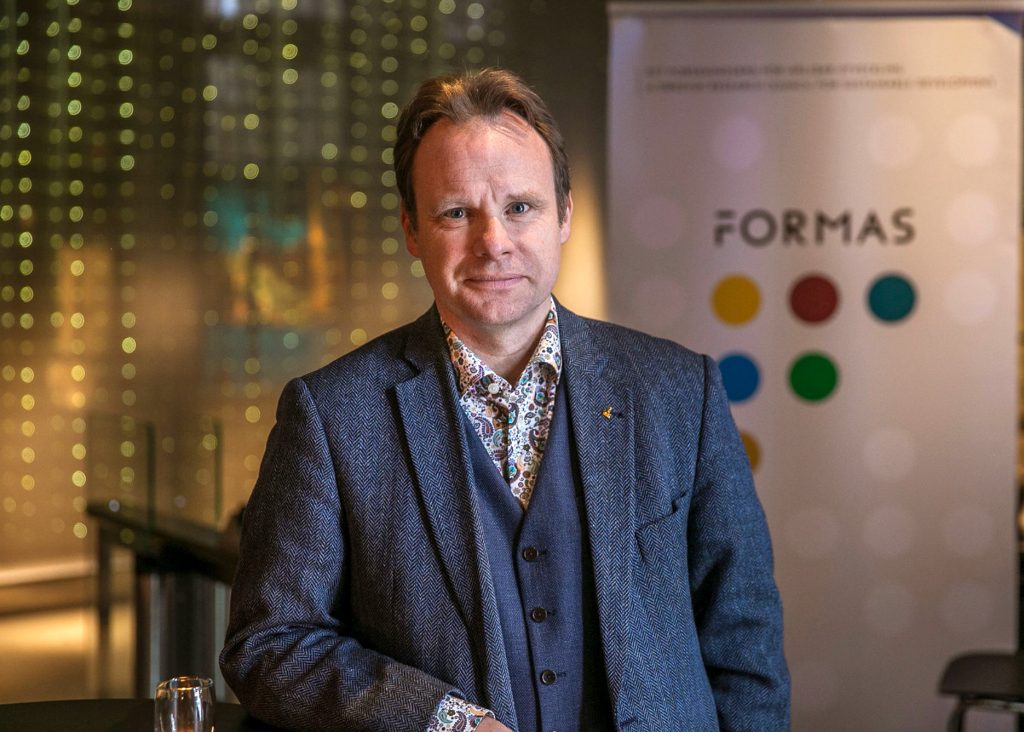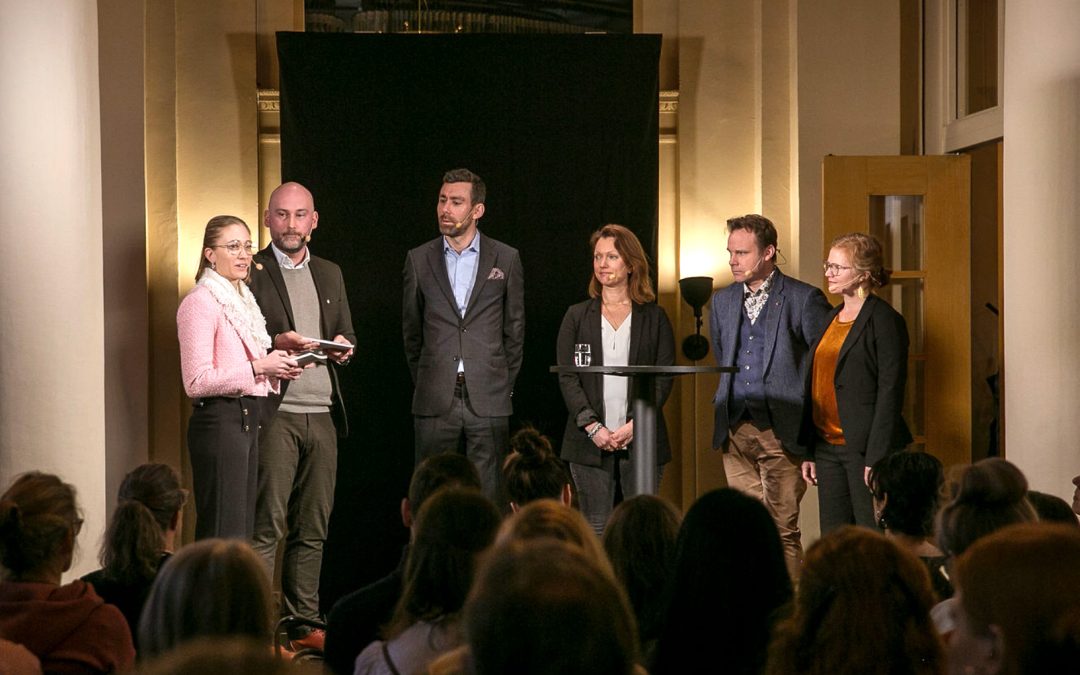Yesterday offered an exciting seminar at the Nobel Prize Museum, where PFAS were a burning issue. The seminar centered on achieving the environmental quality objective of a non-toxic environment by 2030. A number of experts and scientists gave different perspectives on the objective and the challenges businesses face in achieving it. Anders Kihl, Head of R&D at Ragn-Sells and Chairman of the Board at Chromafora, was a member of the panel and called for simpler, clearer emission conditions for operations related to PFAS.
Other speakers included Per Ängquist, Director General of the Swedish Chemicals Agency (KEMI), Emma Nohrén, Chair of the Environment and Agriculture Committee, and Marcus Wangel, policy expert, circular economy and chemicals at the Confederation of Swedish Enterprise.
Among other things, attendees heard that a non-toxic environment is the issue that most engages the members of the Swedish Society for Nature Conservation. “How can we sit quietly with the PFAS elephant in the room?” was one rhetorical question. More money is needed for treatment and prevention, and a great deal of legislation is lagging behind and needs updating. Chemicals need to be higher on the political agenda.
Furthermore, the international regulation of toxic chemicals needs to be improved. The growth of E-commerce presents a difficult challenge to achieving the environmental objective – some substances previously regulated by the EU are now coming back. People also stressed how important it is to act long before PFAS ends up in groundwater.
One point of view addressed the need to clarify what is non-toxic and what is risk-free, where risk-free means a chemical is safe to use. This is because many chemicals are essential for the quality-of-life we take for granted and cannot always be simply removed.

Anders Kihl, who works with waste management on a daily basis, pointed out that even though PFAS treatment technology exists today, getting started is difficult as there is no clear regulatory framework. There is no benchmark for the amount of PFAS in discharges. Among other things, this means every operation has to be investigated individually prior to treatment, which takes time and complicates the process. Anders said we should find the courage to simplify the system. He calls for simplified emission standards to make it easier for regulators and companies that release PFAS to move forward with their treatment efforts. There are currently no PFAS guidelines and it’s high time we set a limit. Achieving the goal of a non-toxic environment by 2030 is an important issue for Chromafora. By helping businesses with fast, efficient PFAS treatment, we are also helping to achieve a non-toxic environment.
Click on the image to see a recording of the seminar and watch the debate in its entirety:


